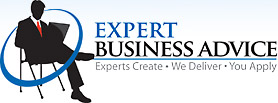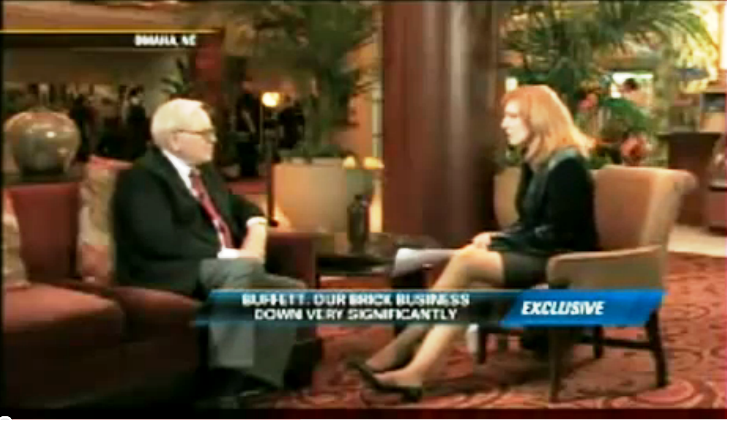
UNDERSTAND THAT first impressions are vital in all areas of business. Make sure that you are always representative of, not only, the type of business in which you specialize, but that you leave individuals thinking, “I bet that person gets it done!” or “That's the person I’m going to call when I need (insert service here).” Also, keep in mind that coworkers talk. If you think that your first impression with a company is when you’re sitting in your new boss’ office for a hiring interview, I’m afraid you’re mistaken. That organization’s first impression of you was the initial phone call, email, or conversation with the receptionist when you made the appointment, so I really hope you used spell-check or weren’t rude to her. If you didn’t or you were, your chances of getting that job just dropped to almost nothing. Seriously.
Make sure that you’re always on time. This cannot be stressed enough. Different experts have different thoughts on what is appropriate when it comes to being on time. At Expert Business Advice, we believe that ten minutes early is ‘on time,’ and if you’re walking into a meeting the moment it’s scheduled to start, then you’re late. This way, if you arrive slightly early, you have a chance to develop a feel for the meeting space and the type of environment you’re in. Also, this can be viewed as an opportunity to collect your thoughts and review your meeting notes. Get your pen and notebook out, pour yourself a glass of water or cup of coffee, and look comfortable there—like you belong there. When you are late, people assume that you can’t even manage yourself. Thus, why would they trust you with anything of remote importance or promote you into a position where you would manage other people?
Remember, you work in a place of business; if, ever in your life, you are going to be courteous and respectful, a meeting is the time and place. A good rule to live by is that you have two ears and one mouth for a reason. Try and develop a habit of doing twice as much listening as you do talking. You will learn more and when you do speak, others are more likely to listen. Also, be sure to leave all profanity and “street slang” at home. We all slip up occasionally, but try to be cognizant of what you’re saying and what you’re doing. Be an active listener; don’t slouch or display body language that suggests that you are tired, bored or uninterested in being there. The speaker will take it personally and if the speaker happens to be your boss, well, if you made the effort to get the job and would like to keep it, looking bored or uninterested is the exact opposite of what you want.
Another facet of professionalism that many people lack is cell phone etiquette. Cell phone etiquette is HUGE in a professional setting. Too often, I see people texting, talking or just being distracted by their cell phone during meetings and business meals. Yes, this includes updating your Facebook or Twitter on your smart phone. It doesn’t matter if it’s silent. People can see you and you might as well get your crayons out and draw pictures on the table because it’s just as distracting to others; again, especially to the speaker. If it’s an emergency and you need to be silently communicating or you’re expecting a very important call—your wife might go into labor, you have to pick up a coworker from the airport, etc.—go outside or talk to your boss ahead of time so he doesn’t think you’re playing a game on your phone while he’s briefing the company’s quarterly reports. You’re not the first to have an issue; he’ll understand. Just ensure that, if you have to get up and take a call, when you return to the meeting, apologize for the interruption. I use a very simple rule when it comes to my phone: if it’s a business meeting or an important engagement, unless I have a pending personal emergency, I turn my phone off entirely. This way, I have completely eliminated the likelihood of someone being offended or rubbed the wrong way.
A final note on being professional involves emailing in a business setting. Ensure that you introduce yourself early in the message and, if the recipient is someone you don’t know well (pay attention, salesmen), let the recipient know how you know them. Also, try your best to keep the message concise and to the point. I use the BLUF method, which means, Bottom-Line-Up-Front. It goes something like this: “Dear Mr. So-and-so, [next line] We met last week at the such-and-such convention and this message is in reference to our conversation regarding such-and-such. I know that our such-and-such product can have a dramatically positive impact to your company's bottom line…” Finally, at the bottom of your message, always include a signature block with all of your corporate contact information. Never send work-related emails from your personal email account, especially if you have a crude, silly, or at all unprofessional sounding email account name. If you were a leader in business, would you even open something from igotdemhos@gmail.com? I didn’t think so; I wouldn’t either. Finally, if you need to send the recipient an attachment, ensure you have their permission before you send it. This permission can also be obtained from a recipient’s receptionist. Remember her name, too. A trick with which I have had success is beginning an email with, “Dear Mr. So-and-so, I spoke with (insert receptionist’s name here) earlier and she suggested I send this note along with this attachment…”
The above suggestions will only bring you success if you commit to them and use them regularly. You don’t have to be perfect—no one is; but the harder you try, the closer you’ll be.























